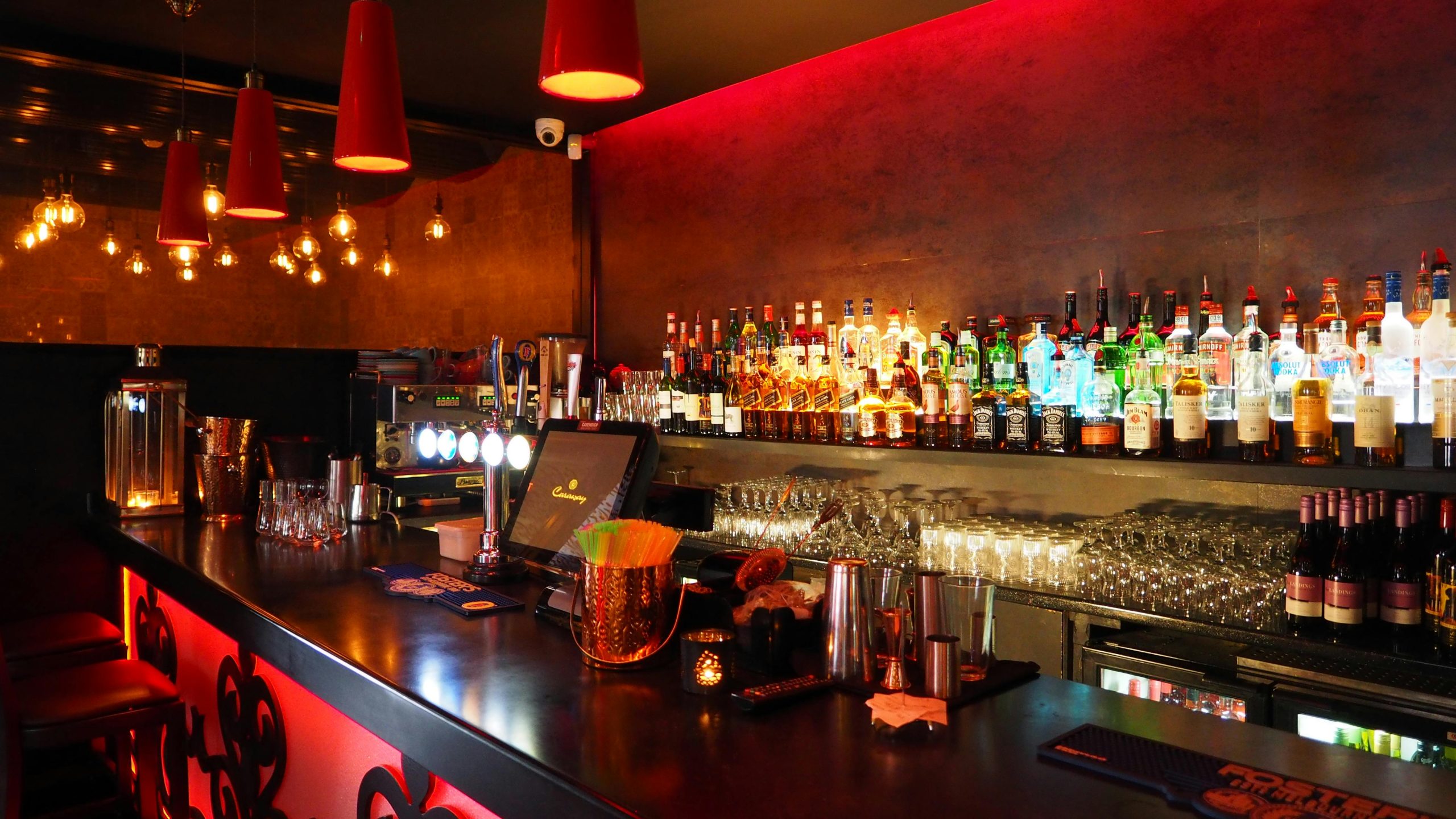Introduction
In Michigan, bar owners aiming to offer dancing must navigate a specific regulatory landscape: obtaining a dance permit. This requirement, overseen by the Michigan Liquor Control Commission (MLCC), ensures that establishments adhere to safety and operational standards. Understanding the nuances of this permit is crucial for bar proprietors to operate within legal boundaries and provide patrons with a safe environment.
The Necessity of a Dance Permit
Under Michigan law, any establishment holding an on-premises liquor license and wishing to allow dancing must secure a dance permit from the MLCC. This mandate is outlined in Section 436.1916 of the Michigan Liquor Control Code, which specifies that activities like dancing require explicit authorization.
Notably, certain musical activities, such as live performances by orchestras or singers, do not necessitate a dance permit. However, once patrons are invited to dance, the establishment must have the appropriate permit in place.
Application Process
To obtain a dance permit, bar owners must complete the “On-Premises Retailer License & Permit Application” (Form LCC-100a). This form requires detailed information about the establishment, including its location, ownership details, and the specific permits sought. Applicants must indicate the type of permit they are requesting, such as a dance permit, and provide any additional documentation as specified in the application instructions.
Once submitted, the application undergoes a review process by the MLCC. This process includes an inspection of the premises to ensure compliance with all relevant regulations. The standard inspection fee is $70.00, though this amount may vary if multiple licenses or permits are being requested simultaneously.
Dance Floor Specifications
Establishments with a dance permit must adhere to specific requirements regarding the dance floor. According to Michigan Administrative Code R. 436.1415, the dance floor must be at least 100 square feet in size. It should be well-defined, clearly marked, and free from tables, chairs, or other obstacles while patrons are dancing.
These regulations ensure that dancing activities occur in a safe and designated area, minimizing potential hazards for patrons.
Compliance and Enforcement
Operating without the necessary dance permit can lead to significant repercussions. Violations may result in civil and criminal penalties, including fines and, in severe cases, suspension or revocation of the establishment’s liquor license. The MLCC emphasizes the importance of compliance to maintain the integrity and safety of Michigan’s hospitality industry.
Conclusion
For Michigan bar owners, understanding and obtaining the required dance permit is essential for legal operation and the safety of their patrons. By following the outlined application process and adhering to the specified regulations, establishments can offer dancing as part of their entertainment offerings while remaining compliant with state laws.
(Source : legalclarity.org )


